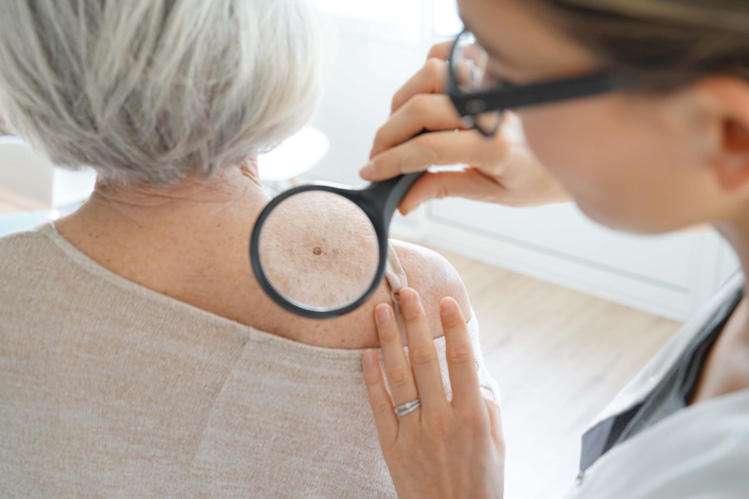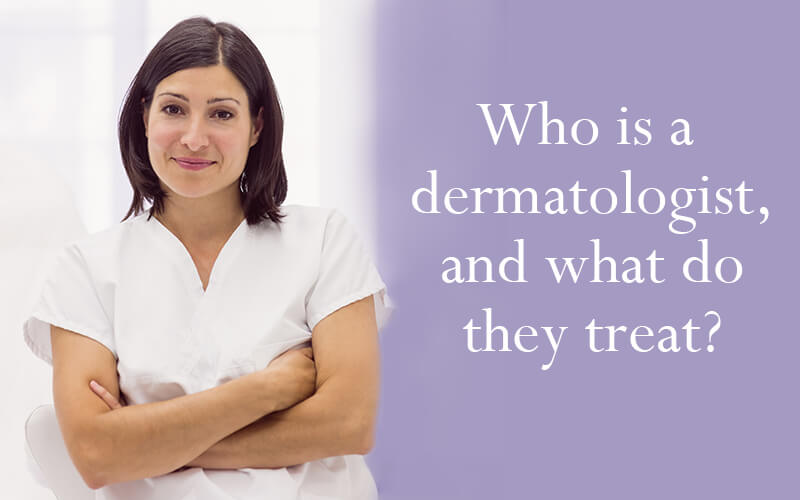Comprehensive Guide to Dermatology: Recognizing Acne, Mole Treatment, and Eczema Therapy
In the large world of dermatology, 3 problems usually attract attention: acne, mole care, and dermatitis. Each should have a detailed understanding, as they not only affect the skin's health but likewise a person's self-esteem. Revealing the intricacies of these skin problem-- their causes, signs, and therapy options-- can encourage anyone to make sensible options in the direction of preserving optimal skin health. Hang on, as what adheres to may well be the skin care enlightenment you have actually been awaiting.
Recognizing the Skin: A Review
Our skin, a complicated and diverse body organ, acts as the body's primary defense against environmental components. acne treatment. It guards us from harmful ultraviolet rays, microorganisms, and toxic compounds, ensuring our internal systems remain uninjured. Comprising three layers - the skin, dermis, and hypodermis - it plays a crucial role in maintaining body temperature, storing fat, and providing touch sensitivity
The skin, the outer layer, contains melanocytes that create melanin, adding to skin color and protecting against UV radiation. The dermis, the middle layer, residences sweat glands, hair follicles, and nerves. The inner layer, the hypodermis, includes fat and connective cells. Understanding the skin's framework is crucial to comprehending exactly how it reacts to different conditions, consisting of dermatological concerns.
Understanding the Causes and Symptoms of Acne
As we browse much deeper into the realm of dermatology, it ends up being essential to understand particular skin problem, starting with acne. Acne is an inflammatory skin condition that largely affects adolescents, but can happen at any age. Reasons for acne are multifaceted, entailing raised oil production, microbial spreading, inflammation, and irregular shedding of dead skin cells. The procedure starts with the overproduction of sebum, an oily material that clogs the pores, developing an ideal atmosphere for bacteria to prosper. This results in the inflammation in charge of red, inflamed bumps on the skin. Acne signs can vary from moderate to extreme, offering as whiteheads, blackheads, papules, pustules, blemishes, and cysts. Recognizing the causes and symptoms of acne lays the foundation for reliable treatment.

Effective Acne Treatment Choices
A myriad of efficient acne therapies exist, each targeting various facets of the condition's pathology. Topical therapies, like benzoyl peroxide or salicylic acid, job by decreasing inflammation and unclogging pores. Antibiotics can be used to fight the bacteria that intensify acne. In extreme situations, retinoids or hormonal therapies could be recommended to control skin cell turn over and equilibrium sebum production. Contraceptive pills have actually likewise verified effective for some women dealing with acne. Furthermore, way of living alterations such as a well balanced diet, routine exercise, and proper hygiene methods can considerably enhance acne signs. It is very important to talk to a skin specialist to identify one of the most ideal treatment strategy, as every person's skin responds in a different way.
A Deep Study Mole Care

Changing emphasis to moles, there is much to take into consideration regarding their formation, recognition, and elimination. The ins and outs of why and how moles establish on the skin can offer informing insights. Equally crucial are the methods for determining various types of moles and the reliable procedures for their removal.
Recognizing Mole Development
Although mole development is a common event, numerous continue to be unaware of the procedure behind it. Moles, medically referred to as melanocytic moles, are clusters of pigmented cells that frequently appear as little, dark spots on the skin. They can establish anywhere on the body, typically throughout childhood years and teenage years, and may alter in appearance or fade away over time. Formation is predominantly influenced by genetic elements and direct exposure to sunshine. A person's genetic proneness identifies the number and type of moles, while sunlight exposure, especially during early years, forms the total matter. Regardless of being benign for the most part, some moles can progress into skin cancer cells, highlighting the value of comprehending mole development and its implications.

Mole Identification Techniques
Navigating the landscape of mole identification More about the author strategies is essential in preserving skin wellness. The method most regularly made use of by skin specialists is the ABCDE regulation. It means Asymmetry, Boundary abnormality, Shade variation, Size, and Evolution. Crookedness indicates that half of the mole does not match the other. Irregular, scalloped or inadequately defined boundaries might suggest a bothersome mole. Most benign moles are a solitary shade, while different shades of brown or black are an issue. Moles bigger than 6mm, the dimension of a pencil eraser, need to be examined. Lastly, moles that progress in size, shape, or shade warrant focus. Comprehending these methods can help More about the author in early detection of skin problems.
Efficient Mole Elimination Procedures
After recognizing a mole that might be of worry making use of the ABCDE regulation, one may question about the following steps to take. There are numerous effective treatments for mole elimination, including medical excision, where the mole is cut out, and surgical cut, which is usually used for smaller moles. Laser elimination is an additional alternative, though it's less typically utilized due to its inability to reach deeper layers of skin.
Eczema: A Closer Consider Reasons and Signs
Dermatitis, an usual yet complicated skin problem, exceptionally impacts the lives of many. It's defined by completely dry, scratchy, and inflamed skin, which commonly causes awkward and relentless itching. The specific root cause of dermatitis stays evasive, however it's thought to be a mix of hereditary and environmental elements. Some people have an over active immune system that responds boldy when revealed to certain triggers, such as allergens or toxic irritants, leading to swelling. Symptoms can vary significantly from one person to another, however frequently consist of dry, sensitive skin, red and inflamed areas, intense itching, and in extreme instances, crusty scales or sores. Recognizing the causes and signs and symptoms of dermatitis is the initial step in handling this persistent condition.
Navigating Through Dermatitis Treatment Options
Dermatitis, with its myriad types and symptoms, offers a complicated difficulty for both individuals and dermatologists alike. The selection of therapies available can seem frustrating, making it tough to select the most effective choice. This segment will direct visitors through the procedure, lighting up the different approaches made use of to deal with dermatitis.
Recognizing Eczema Types
While numerous skin disease may seem similar, it is critical to understand that each has unique attributes and therapy methods. Dermatitis, a term typically utilized to define atopic dermatitis, is not a solitary problem yet rather a team of skin conditions that cause inflammation and irritability. There are several types of eczema, consisting click to read more of atopic dermatitis, get in touch with dermatitis, dyshidrotic eczema, nummular dermatitis, and seborrheic dermatitis. Each kind of dermatitis has distinct signs and symptoms and triggers, which can include allergens, toxic irritants, particular foods, and even tension. Proper recognition of the kind of dermatitis is basic to its management. Treatment options, which will be discussed in the following area, are often similar across types.
Exploring Therapy Strategies
Although eczema can be a persistent and unpleasant problem, a variety of therapy choices exist to help manage its symptoms and boost lifestyle. This consists of topical therapies, systemic drugs, photo-therapy, and way of life modifications. Topical therapies are lotions or lotions applied straight to the skin to decrease swelling and itching. Systemic medications, taken by mouth or injected, provide alleviation for severe dermatitis. Photo-therapy entails revealing the skin to ultraviolet light, which can help reduce inflammation and boost the skin's health. Lifestyle modifications such as preserving a healthy diet regimen, routine workout, and stress and anxiety monitoring can also play a crucial role in managing dermatitis. Each treatment method is tailored to the client's certain needs and problem intensity.
Conclusion
In conclusion, understanding the causes, signs and symptoms and treatment choices for typical skin conditions like acne, moles and eczema is critical. This extensive overview to dermatology urges people to keep healthy and balanced skin through educated decisions and specialist advice.